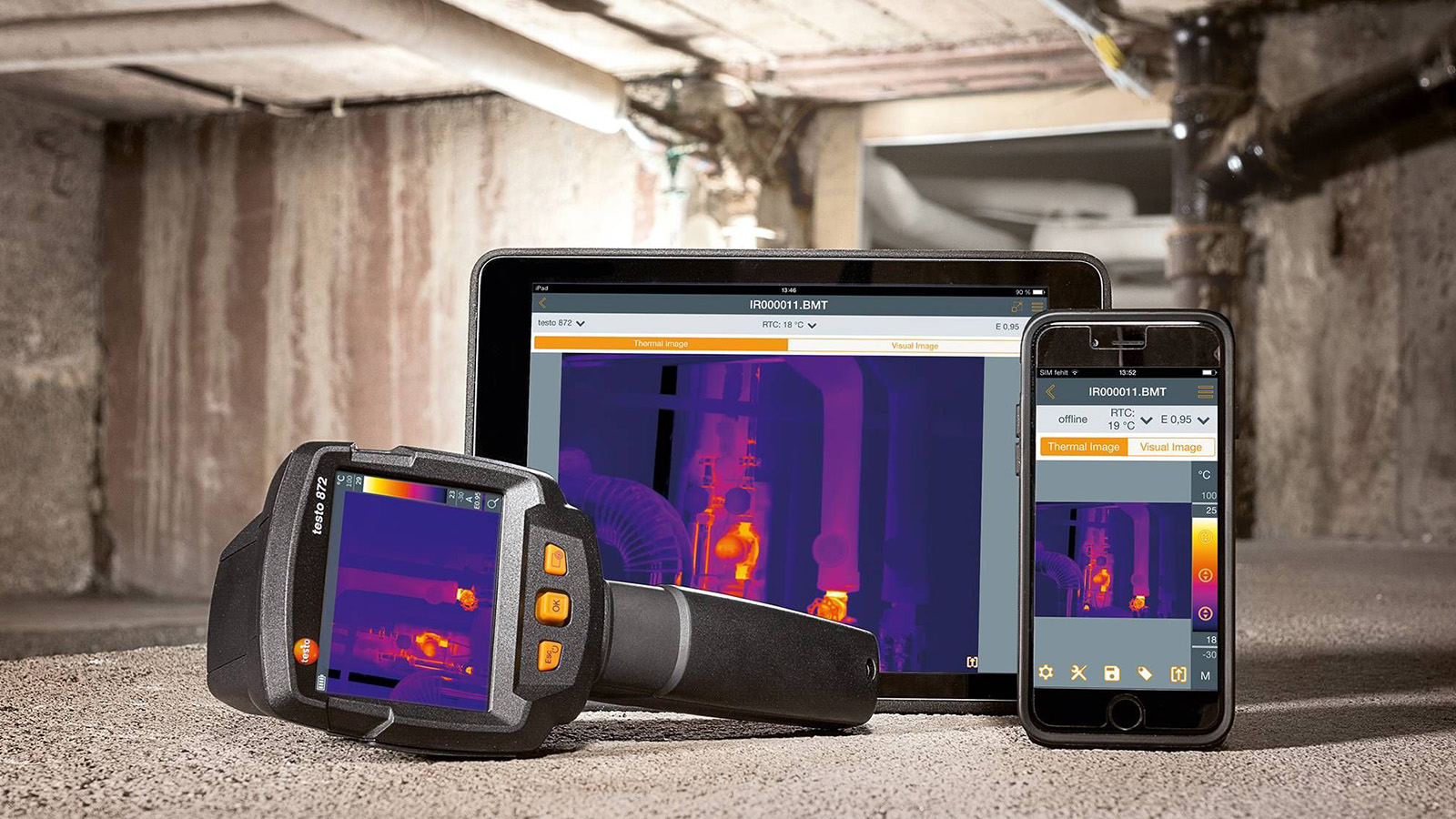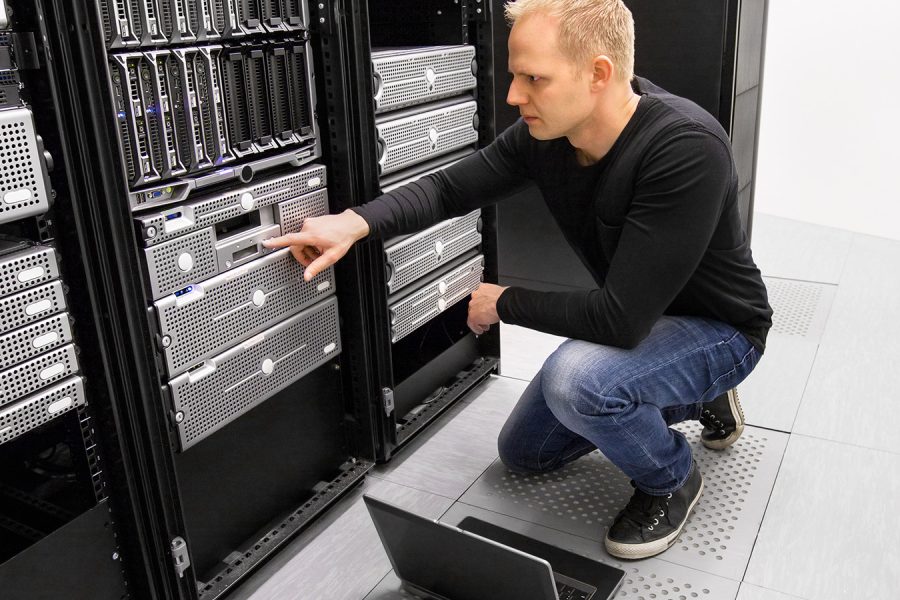All objects above -273ºC emit thermal energy. Thermal energy is emitted in the infrared range, which is invisible to our eyes. The infrared range is the region between X-rays and Gamma rays. A thermal camera is a device that detects the temperature of infrared wavelength radiation without direct contact with the equipment. This device varies depending on the temperature of the objects. The imaging method is based on the IR type of energy, which is invisible to the naked eye, and the general structure of the image is a system in which colors and shapes are formed according to IR energy. Thermal imagers allow us to properly see small problems that are undetectable to the naked eye, but can have serious consequences.
What is Emissivity?
Emissivity is a property of a material that describes the efficiency of an object's radiation or heat emission. If there are problems or obstructions in the measurement line, the measurement result will be inaccurate. Solid objects will cause emissivity error because they will block the emissivity.
Building Thermography And Measurement Preparations
The average room temperature should be 20 °C and the temperature difference between the outdoor and indoor environment should be at least 15 °C.
To ensure this, all rooms must be heated homogeneously for at least 12 hours in advance.
All windows must be closed at least 2 hours before the measurement.
Heat and light sources close to wall surfaces that can create heat should be turned off.
If sunlight is shining into the measurement area, all curtains should be closed.








